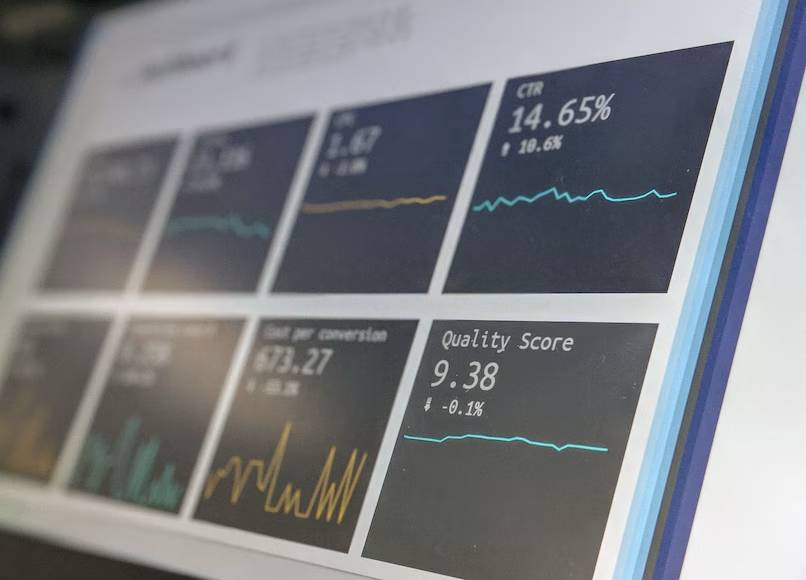What annoys people most about content from brands?
From MNCs to start-ups, these are 6 of the most common content marketing mistakes we see again and again.
You might have the best intentions when creating content, but if you’re not careful, you could be making one (or more) of these content marketing mistakes without even realizing it.
Here’s what to avoid and what to do instead.
1. Not knowing your audience (but think you do) 🙄
Many businesses still push out content without really knowing who they are targeting. Even if they have defined target groups, they are often too broad. Before you create anything, know who you’re doing it for and what interests them the most.
When you’re creating content, it’s important to have a specific audience in mind. If you don’t know who you’re writing for, then it’s going to be difficult to produce content that resonates with them.
It’s not enough to just put yourself in your customers’ shoes and try to imagine what they want. You need to do proper research and understand how they think and what’s most important to them.
A few ways to go about defining your target audience:
1) Look at your current customer base
2) Analyze your website data to see which pages are getting the most traffic
3) Conduct surveys and interviews with your customers to get a better understanding of their needs and wants
4) Use social media to track the demographics of your followers
5) Create buyer personas to help you visualize your target customer
2. Trying to sell instead of connecting
If you’re constantly selling to your audience, they’re going to start tuning you out. They’ll see you as nothing more than a salesperson, and they’ll be less likely to trust what you have to say.
If you instead take the time to connect with them, they’ll see you as someone who cares about them and their needs. They’ll also be more likely to buy from you.
Most people aren’t ready to buy directly. The sales come as a result of the relationships you build and the authority you establish, not the other way around. While it’s fine to pitch an idea, reflect on what message makes the most sense here and now.
So how do you connect with your audience? That takes us to the next point…
3. Not taking the complete buyer journey into account
By mapping out the buyer’s journey, you’re able to see the entire customer experience, from initial awareness through to purchase and post-purchase. This helps you create content that’s relevant and valuable to your audience at every stage of the journey.
It also helps you identify any gaps in the customer experience, which means you can create targeted content (or even offers) to fill those gaps.
4. Not diversifying and repurposing your content
Maybe you’re spending all of your time creating new content, when you could be re-purposing and remixing what you’ve already created.
Producing a variety of content across channels and formats will not only keep people interested in what you have to say, but it will also help you reach new audiences.
A blog post can become an infographic, a video or a social media post, and so on. The same message can be published several times phrased in different ways. As long as it’s high quality and provides value, your audience will appreciate it. 😉
5. Only focus on yourself
A bit like going on a bad date. Instead of only talking about how amazing you and your product/service are – listen, be curious, engage, and focus on the value you provide.
It’s easy to get so wrapped up in your own content/offer that you forget about the audience you’re trying to reach. Take a step back and look at things from your target group’s perspective. What are they interested in? What do they want to know? What solutions are you providing for them?
6. Not using data to plan and improve
While it’s great that you and your team have ideas about what your customers will like, always combine them with research and data. From forums where you can see exactly what questions people have and what language they use, to insights about how your content (and the content of other brands in your industry) is performing.
As you start experimenting with different types of content, track your results and tweak based on data. How many people are reading your articles? How many people are clicking through to your website? What’s the conversion rate?
What would you add? 🕵️♀️














0 comentarios